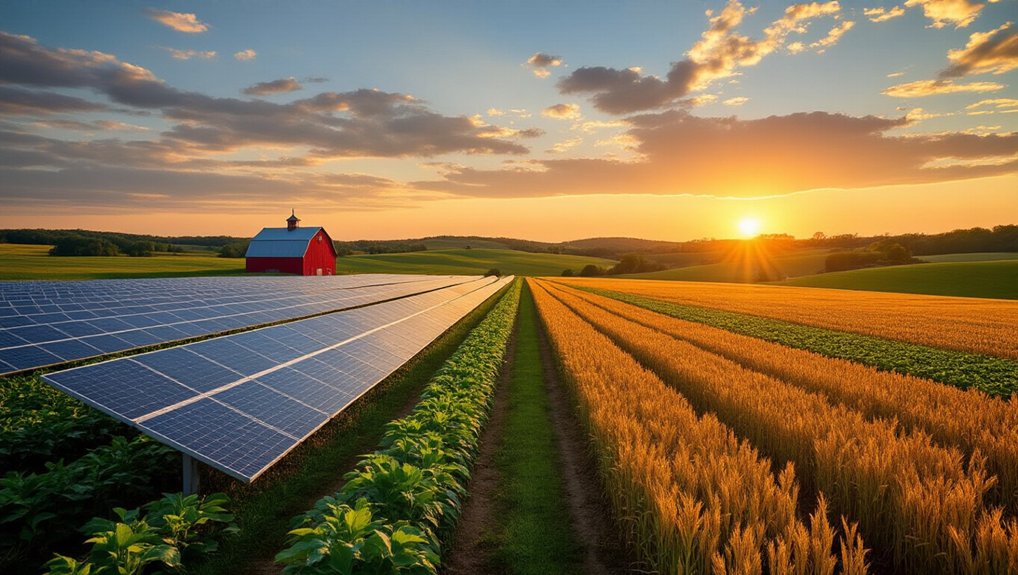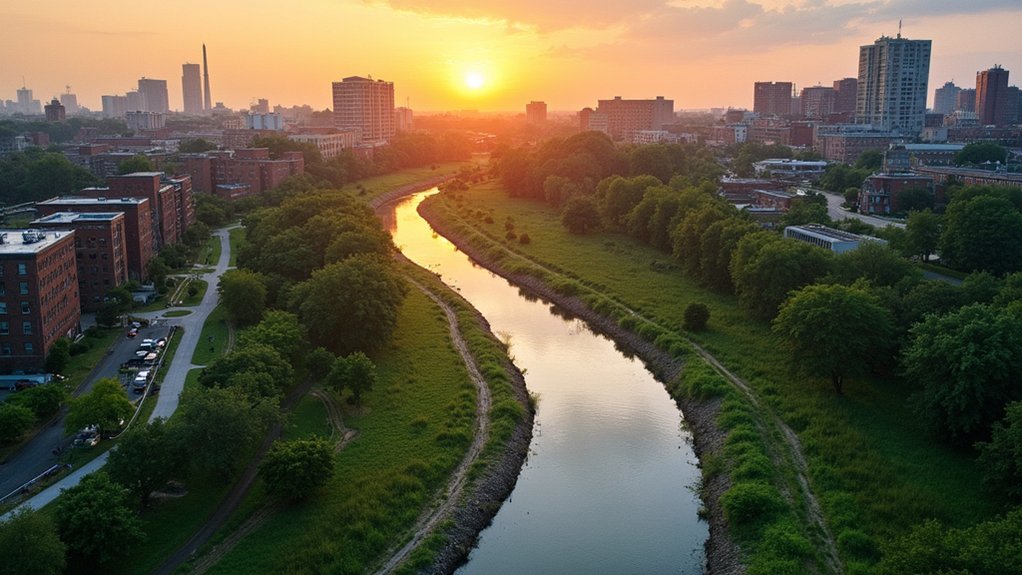Concrete jungles are swallowing our kids’ childhoods. With outdoor play time now averaging just 60-165 minutes daily, we’re witnessing a dramatic shift from previous generations. Children today are practically extinct in public spaces without adult supervision.
Yeah, blame screens and those color-coded Google calendars packed with “enrichment” activities if you want. But the real culprit? Cities designed for cars, not kids.
One billion children worldwide face shrinking play opportunities due to urbanization. The math isn’t complicated. More concrete means less nature. More traffic means less liberty. More structured play zones means less imagination.
Urbanization’s equation is brutally simple: more asphalt, less adventure; more schedules, less childhood.
Those carefully designed playgrounds with their safety-tested equipment? They’re about as inspiring as a waiting room magazine collection.
Research shows what actually works: compact, green neighborhoods with low traffic. Places where kids can actually exist without constant adult hovering. Natural elements—trees, rocks, water—do more for child development than the most expensive plastic playground equipment ever could.
Funny how the free stuff works better than the expensive solutions.
Children need spaces that breathe possibility. A stick becomes a sword, a puddle becomes an ocean. This kind of play builds problem-solving skills and creativity. It fosters environmental appreciation. It develops spatial awareness.
But most importantly, it happens with other kids.
The social factor is huge. Children play outdoors to be with other children, not to enjoy fresh air and sunshine like some Victorian health pamphlet suggests. Empty playgrounds remain empty. Vibrant spaces attract more kids, creating self-sustaining play environments. The lack of spatial justice in urban design has led to inequitable access to quality play spaces across different neighborhoods.
Urban planners need to wake up. Safe walking routes, traffic-free zones, and flexible spaces that can be reimagined by small minds—these aren’t luxuries. They’re necessities.
Kids don’t need more plastic slides and designated “play zones.” They need cities that make room for wildness, even in small doses. Because structured play isn’t really play at all. It’s just childhood with training wheels.
Playing in natural environments allows children to develop biophilic connections that promote both environmental stewardship and psychological well-being.
Integrating renewable energy into playground designs can serve as both educational tools and sustainable power sources for lighting and interactive features.
References
- https://www.child-encyclopedia.com/outdoor-play/according-experts/designing-cities-outdoor-play
- https://lifestyle.sustainability-directory.com/question/what-role-does-play-have-in-urban-development-for-children/
- https://courier.unesco.org/en/articles/time-go-out-and-play
- https://urbanspringtime.blogspot.com/2018/07/playable-cities-why.html
- https://www.frontiersin.org/journals/built-environment/articles/10.3389/fbuil.2023.1193309/full








